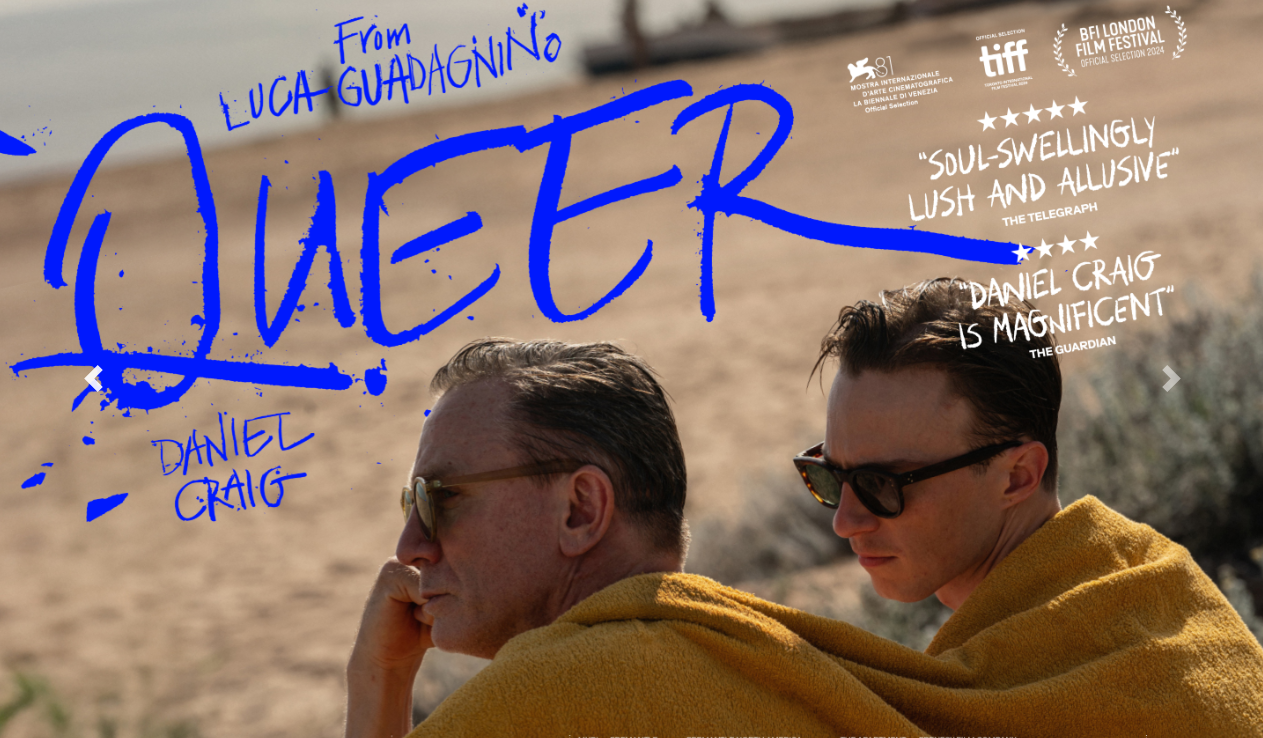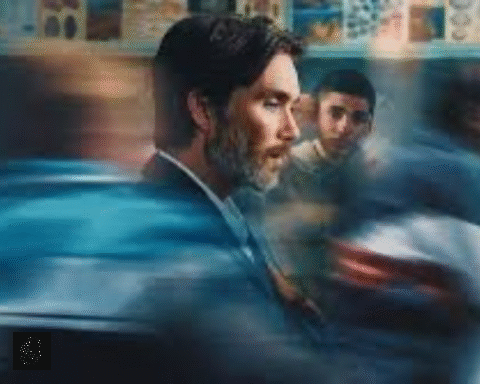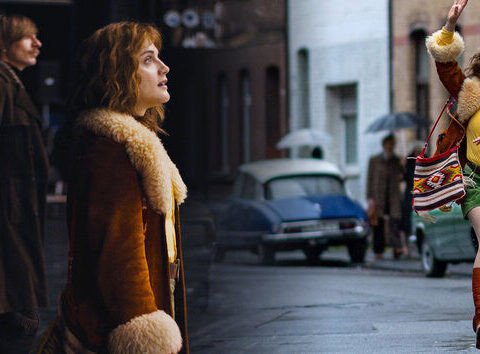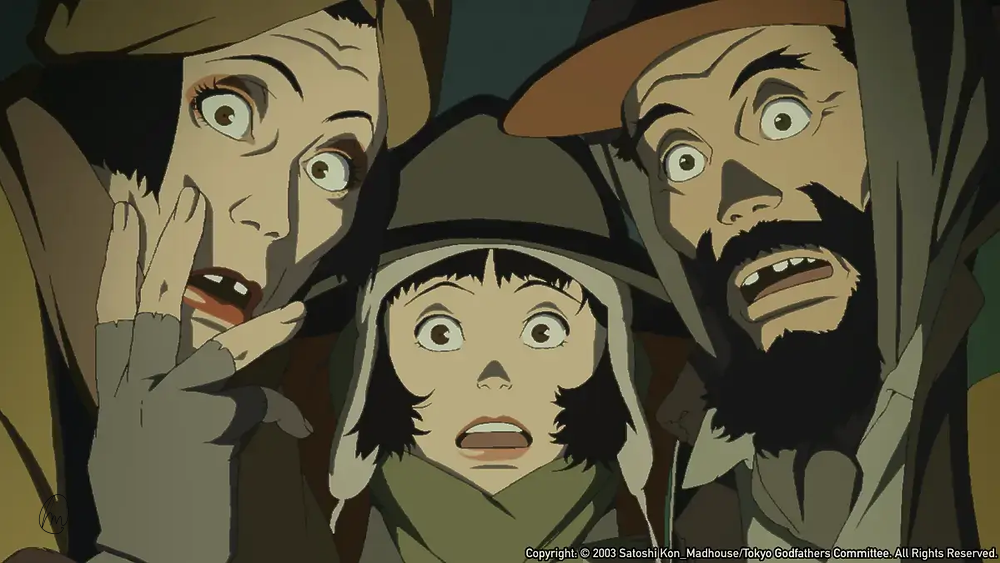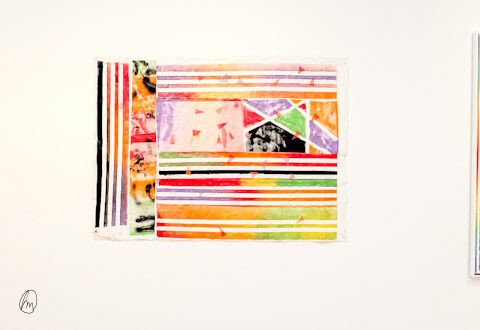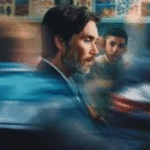Guadagnino’s Breathtaking Love Story on the Edge of Desire, Loneliness, and Survival
Luca Guadagnino’s latest film, Queer (2024), is being called a love story — but even the title suggests it’s not made for everyone. If you’re someone who reacts strongly to the topic of homosexuality, or if it tends to stir discomfort or anger in you, this is your gentle cue to exit now — no hard feelings.
For two reasons.
First: life is beautiful — no need to spoil the moment. This introduction serves as a gentle reminder: the film may stir certain tensions, creating the illusion of personal provocation — though none is intended.
Second: this article is a spoiler-tinged recommendation for an exceptionally good film — one that Luca Guadagnino himself described as a miracle of life. Because it truly is a miraculous film.
Those who are relatively unaffected by who loves whom — in this case, love between men — should stay, because it’s time to dive into an extraordinary film. And at worst, the door is always open — slip out if you must.
As for those who are open-minded and unbothered by male intimacy: by all means, keep reading.
Origins
Luca Guadagnino nurtured the dream of adapting William S. Burroughs’ novel Queer into a film for decades — and it was no easy task.
The book is, in fact, the second installment of Junkie, Burroughs’ semi-autobiographical novella, in which the heroin-addicted author openly reflects on his homosexuality. He wrote Queer in 1953, not long after World War II. Though the book is relatively short, its unflinching honesty about homosexuality made it a risky proposition for publishers at the time. As a result, it wasn’t published until 1985. Still, Burroughs’ friend and admirer Jack Kerouac immediately recognized the novel’s brilliance. He was convinced that critics focused on East Coast homosexuality would embrace it. Instead, what followed was years of deafening silence.

A Note on Definition
It’s worth pausing on the title: Queer.
In the early 1950s — years before the gay liberation movement began in ’57 — “queer” was a label loaded with discomfort. A word that made people uneasy, used to mark gay men as outsiders. Picture middle-aged American men, families by their side, sneaking off under the cover of night to try and make sense of themselves — in a society that offered them no space to exist. Not exactly a simple situation. The case of the oddballs.
Today, however, “queer” has evolved into a multilayered term — one embraced by lesbian, gay, bisexual, and trans individuals who actively advocate for their rights and broader social acceptance.
Now, About the Story
It would be woefully simplistic to call the film version of Queer — adapted and expanded by Justin Kuritzkes — merely a love story.
Why?
Because from the very first frame to the last, the film delivers a level of performance so visceral, so commanding, that it utterly transcends the tired formula of “X falls for Y.”
Daniel Craig — an actor many had already buried post-Bond — returns with elemental force. He portrays William Lee: a queer man in his late forties, emotionally wrecked and gripped by multiple addictions — a figure who, in the brutal slang of the time, would’ve been labeled a “fag.” He doesn’t inspire pity. He unsettles. He repels. And somehow, he grips you all the same. With greasy hair and a nauseatingly sweet smile, Craig embodies a man who, so-called driven by love, trails after the handsome, vigorous newcomer to Mexico City, Karl Steinberg (played by Daan de Wit). In an astonishing transformation, Craig perfectly captures a man whose body is ravaged by drugs and alcohol, yet who still hungers for fresh flesh — a performance worthy of a standing ovation.
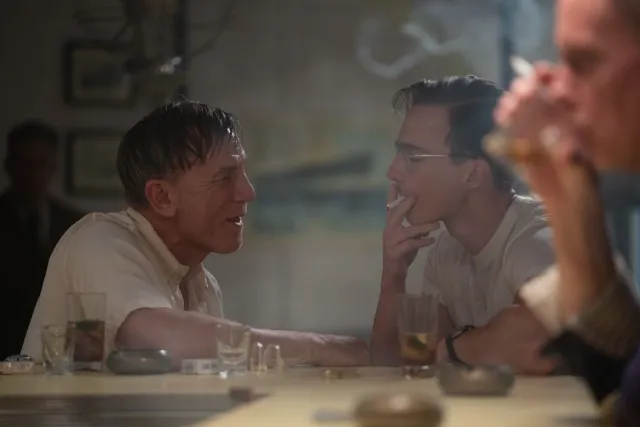
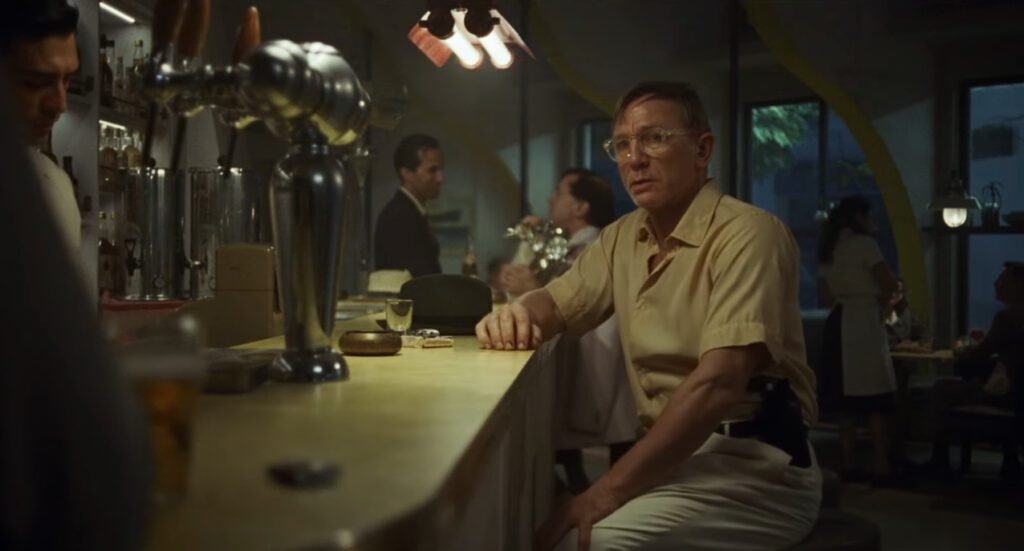
But listen closely: the film is beautiful.
Because all of this is set against moments when Lee is not consumed by withdrawal. In these flashes, we glimpse his broken human pieces — the ones that awaken empathy and sympathy — when he is not twisted by drugs, not yet lost in the self-humiliating drunken stupor that lies far beyond mere intoxication. We see a gay man, captivated and spellbound by admiration, following a young man with sincere, tender curiosity — eventually leading him into a spiritual journey. These moments offer rare glimpses of genuine care breaking through male intimacy — a kind of emotional harmony that cinema seldom dares to capture.
The synchronicity in love.
Pureness.
The fact that this film received no awards speaks volumes about how rusted the inner workings of the film industry still are — as if films were still being made for the Academy’s long-dead founder, Louis B. Mayer, who once said: “Cups and awards — they’d kill themselves to produce what I wanted.”
The film’s visual language evokes the 1950s through an undersaturated, sepia-leaning aesthetic — a subtle technical choice that gently helps the viewer cross the emotional distance that the unfamiliarity of the sexuality might otherwise create. The film’s fine technical solutions — transparent images expressing desire, and a truthfulness to life — further deepen this connection.
Because it is beautiful. Because it is pitiful. Because it is bitter. Because it is lonely. Because it is terrifying. Because it is empty. Because it is profound. Because it is whole.
Because the terrifying truth is that Karl ultimately turned away from the doorstep of love.
The primal bond of true connection.
Source: HWJ – Oxford University Press, James Brown Faculty of History, University of Oxford; Film at Lincoln Center; Venice Festival, Daniel Craig – Queer
Photo Source: Awaits their owners for courtesy!
If you’d like to stay up to date with more interesting reads like this – or just relax with some laid back culture content – feel free to subscribe to the newsletter at the bottom of the page. If you do, please make sure to check the spam folder too, since the confirmation email might end up there. Agh, and don’t worry you will get news from the Heti Mocsok only twice a month!
